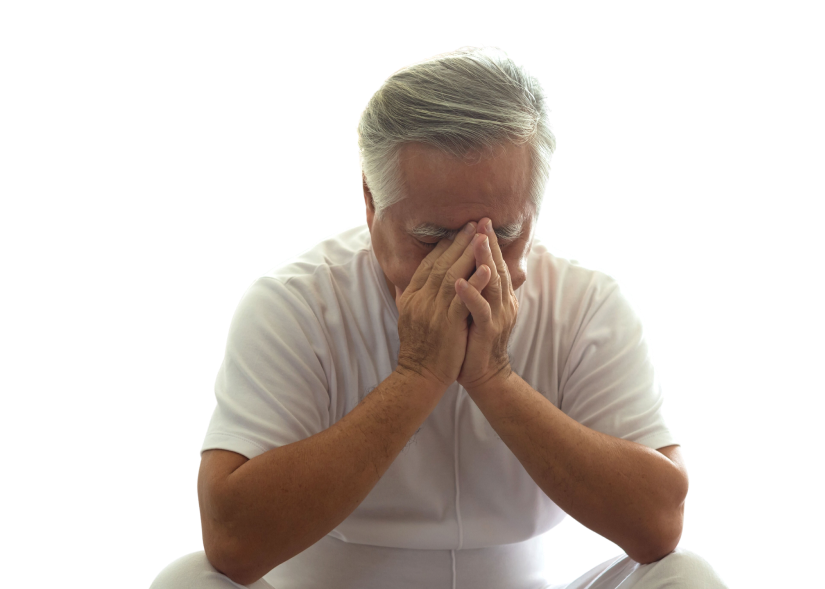Common Urinary Symptoms* of BPH
-
Frequent need for the toilet, day and night
-
Weak, slow or intermittent streams
-
Difficulty or delay in starting
-
Feeling of unemptied bladder
BPH Affects Over 660 Million Men1,2
BPH is a very common condition and can hamper quality of life. It affects 40% of men in their 50s, and over 70% of men by their 60s.

* Not to be confused with symptoms of prostate cancer.
What Happens to the Prostate as Men Age?
As a normal part of ageing, your patients' prostate can start to become larger around the age of 40-50. This often leads to BPH.

How Can BPH Affect Patients?
As the prostate enlarges, it can block the urethra and cause serious complications3:
-
Obstructed Urinary Tract
A narrowed tract can lead to an inability to urinate. They might require having a catheter inserted - or in severe cases, surgery - to drain the bladder.
-
Urinary Tract Infection (UTI)
An inability to fully empty the bladder increases the risk of infection. If it occurs frequently, they might require surgery to remove the damaged tissue.
-
Bladder Stones and Damage
Bladder stones can lead to further obstruction, irritation, infection, and bleeding. The muscular wall of their bladder can also stretch and weaken over time.
-
Kidney Damage
Pressure in the bladder can damage their kidneys over time. Infections from the bladder can also reach and infect their kidneys.
References
1.
Berry SJ, et al: The development of human benign prostatic hyperplasia with age. J Urol 1984; 132: 474.
2.
US Census Bureau international database worldwide population estimates for 2019
3.
Mayo Clinic, Patient Care & Health Information, Diseases & Conditions, Benign prostatic hyperplasia (BPH). Accessed 1 Dec 2021.
Healthcare Professional Confirmation
The information on the page you are about to enter is intended for Healthcare Professionals
only.
By clicking the box below, you confirm that you are a Healthcare Professional.

